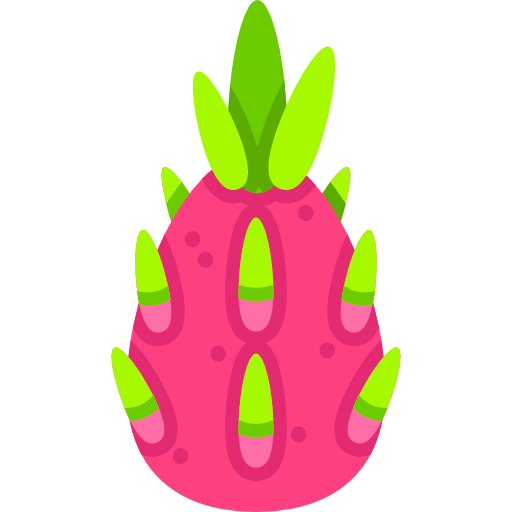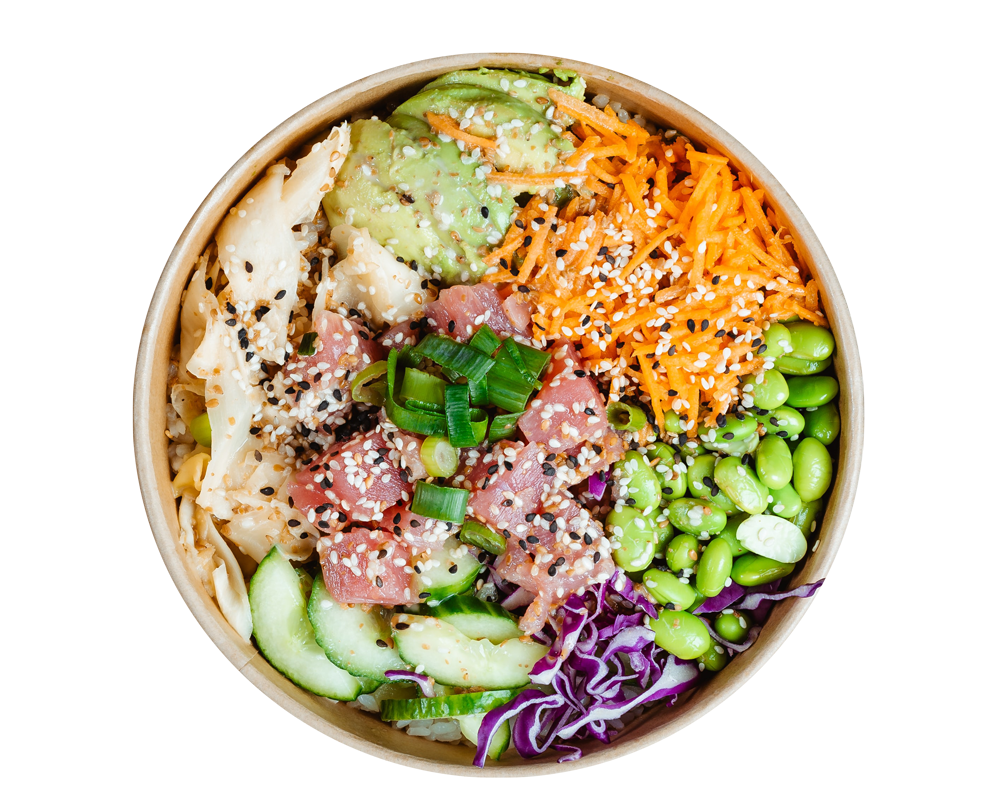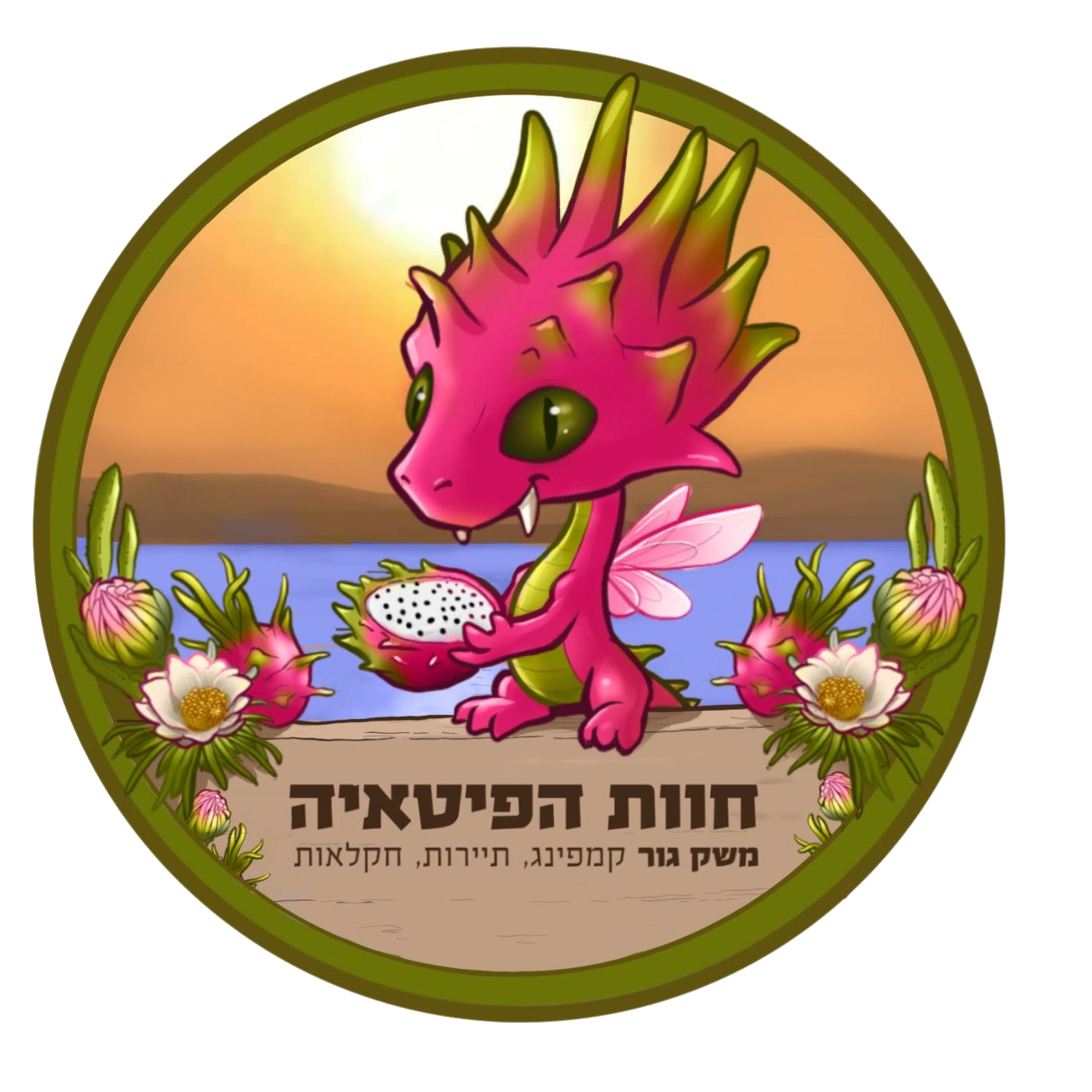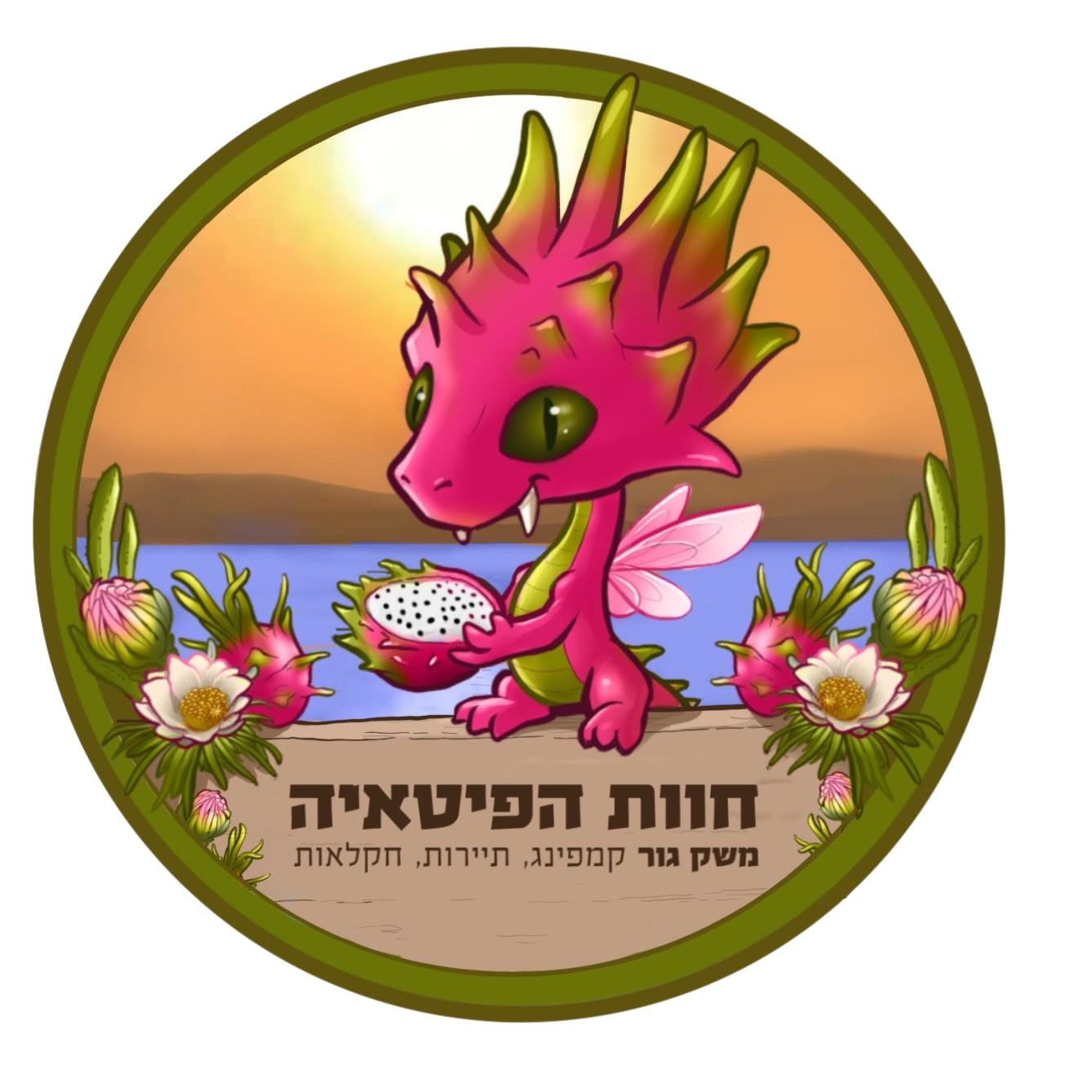Pataya

Pitaya is a cactus originating from Central America. The cactus has adapted itself to tropical areas, and in recent years has been a popular crop in Southeast Asia. This plant likes lots of water, moderate temperatures, and protection from the sun.
As an agricultural crop suited to Israel’s conditions, the cactus was cultivated at Ben-Gurion University in the Negev by Prof. Yossi Mizrahi. The plant was cultivated for flavor, size of harvest, and long shelf life.
As with all cactuses, the pitaya blooms at night. The flower is white and very large. In its countries of origin it is pollinated by local pollinators – fruit bats. They are lured by the scent of the flowers and come to drink from its nectar. In the process, the bats physically (with their bodies) pollinate the flowers which bears fruit 30 days after pollination. The flower blooms one night, and flowers that are not pollinated wither and fall. On a single night, hundreds and even thousands of the flowers bloom, creating a unique, breathtaking sight and scent.
The fruit was brought to Israel and adapted to local conditions; however, no animal was found suitable for pollinating it. Bees and insects are too small to pollinate such a large flower. Therefore, at night the farmer himself must become a ‘bat’ and pollinate the flowers manually: Draw the stamen from the flowers and pollinate them with a brush, in order to produce the fruit thirty days later.
In Israel there are several farmers growing pitaya, some for the domestic market and some for export. The advantage of the Israeli fruit is its flavor, having been cultivated at Ben-Gurion University in the Negev, and since it is not sprayed with hazardous pesticides.
The fruit is known by its unique exotic shape, its bright purple color, and delicate flavor; it is low in sugar and has outstanding health properties.
Over 20 years ago, Rami Gur began growing pitaya at Givat Yoav. He received different species and conducted many experiments in order to collect data, for the purpose of choosing the most suitable species to grow on the Golan Heights. He sought to determine the growing conditions that would yield the largest quantity of fruit, such as: The optimal amount of water for irrigation, how to prune the bush, the amount of light required to maximize the amount of flowers, and the species that would provide enough pollen in order to pollinate the flowers. The commercial growth of pitaya requires a great deal of region-specific knowledge, accumulated over the years, combined with Rami Gur’s expertise and knowledge of agricultural crops. Over the last two years Alon, after completing his agriculture studies at Tel-Hai College, has taken over care of the pitaya groves on the Gur Farm at Givat Yoav.





